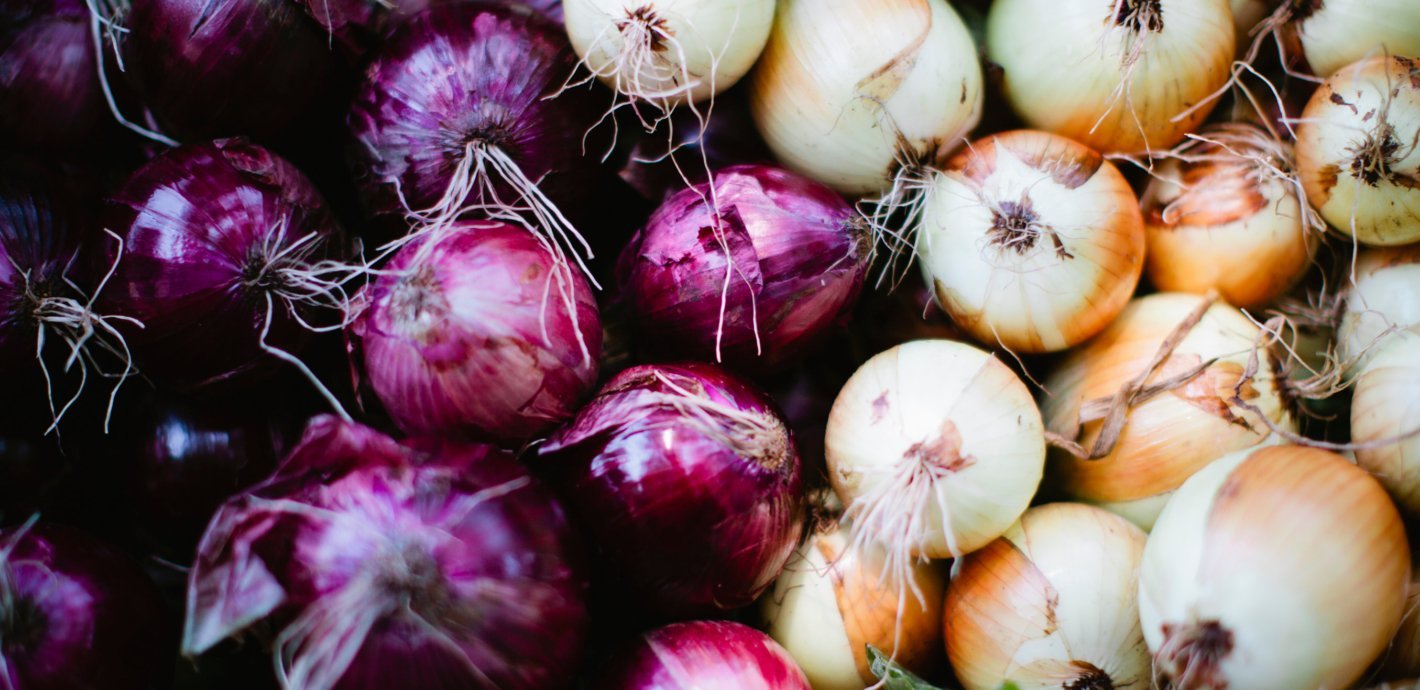While you may be still mulling over whether or not to buy organic, we’ve got a new food category for you to consider: wild. Many wild foods are foraged from well, the wild. And some are farmed.
For those who are unfamiliar, wild farming is a method of cultivating and harvesting indigenous plant life. It’s how wild blueberries, for example, are grown. “Wild blueberries grew where nothing else really wanted to grow—and our farmers moved to the plant, rather than the plant moving to the farmers,” says Mike Collins, spokesperson for the Wild Blueberry Association of North America. “We’re mother nature’s helpers. We clear the trees around our fields so the plants can spread through their complex underground root system.”
These wild foods are gaining popularity in the United States. They’re grown in locations where they happened to simply land, so tend to be resistant to most diseases and pests and thus are traditionally grown free of pesticides, herbicides, and other pollutants.
Related: Understanding the Science and Controversy of GMOs
Besides being better for our planet, wild fruits and vegetables offer more nutrition—with an intense and fuller flavor—versus conventionally grown produce. “We modern humans are rediscovering ancient foods,” says Dina Falconi, author of Foraging & Feasting: A Field Guide and Wild Cookbook. “Wild foods generally contain greater amounts of vitamins and minerals, antioxidants, and other health-promoting chemical constituents such as essential oils.” Because wild foods haven’t been bred to create a uniform crop, they tend to be packed with more nutrition and flavor.
These wild foods are collected by foragers or harvested by wild farmers. To confuse matters, most of the time wild foods are simply wild. But they can also be organic, depending on how the farmer chooses to farm his land—both organic wild rice and organic wild blueberries, for example, are available. If you’re comparing straight wild to straight organic, both are very good for you, but wild foods may pack more flavor and nutrition than organic.
Some of these wild foods (for instance, wild rice from Lundberg and wild blueberries from Wyman’s of Maine) are sold at your local supermarket or natural grocer—and others you’ll need to pick up from a local farmer’s market or trusted forager. When not shopping at a grocery store, it’s extremely important to purchase from an experienced and conscientious source “so you know you have the right species that has been harvested at the right time of growth and that the foraging is done with ecosystem health in mind,” says Falconi. She suggests getting to know your food purveyor or vendor to understand that the food was gathered in a way that doesn’t hurt a plant population during foraging, is harvested at the right time of growth, and that (most importantly, especially with mushrooms!) you’re offered the right species. Now, expand your palate by giving these wild foods a go.
WILD RASPBERRIES
A cup of wild raspberries offers up to 44 percent of a woman’s daily need for satiating fiber, whereas the same amount of traditional berries contains up to 36 percent. Wild raspberries also contain a little extra immunity-helping vitamin C and bone-benefitting calcium.
Eat it: Wild raspberries come in many colors, including red and black. The black variety has a mildly sweet taste that’s tangy and rich versus the sweeter and less robust conventionally grown ones, Falconi says.
Related: How to Be a Conscious and Responsible Omnivore
WILD RICE
Providing a plethora of minerals, wild rice contains 83 percent more immunity-boosting zinc than brown rice. It also provides 44 percent more protein with 6.5 grams per cup of cooked rice. Additionally, wild rice offers at least 2.6 times more cholesterol-lowering phytosterols than brown rice, reveals a study in Nutrition Reviews.
Eat it: Wild rice is native to North America and grown across the U.S. It’s expensive to grow (and buy) and thus is often mixed with white or brown rice. Dry wild rice keeps well in an airtight container because it’s low in fat and unlikely to go rancid.
WILD BLUEBERRIES
These blue gems are potent little pellets of antioxidants. Researchers from University of Alaska found that wild blueberries have more than double the antioxidants than conventional blueberries and more antioxidants than strawberries, plums, or raspberries, per a study in the International Journal of Circumpolar Health. A regular diet of antioxidants may help lower the risk of cardiovascular disease and cancer.
Eat it: Since wild blueberries are only available fresh in short supply in summer (mostly from Maine and Alaska), they’re sold frozen, canned, and as an ingredient in products such as juice year-round. While the University of Alaska study found that heat-processed foods, like as canned berries, containing wild blueberries had a third less antioxidants than the unprocessed variety, they still have more antioxidants than many other fruits.
WILD PLUMS
A cup of wild plums provides 12 percent of your daily need for blood-pressure-helping potassium—more than twice the amount in conventional plums. Wild plums also offer 40 percent of your daily need for eye-benefitting vitamin A—that’s almost 10 times the amount found in its conventional counterpart.
Eat it: Wild plums are available fresh in the summer and range in yellow-orange to purple in color and have a tart taste. Eat fresh or preserved in jams or jellies.
WILD MUSHROOMS
When wild mushrooms were studied in India, researchers found they have more nutrients than conventional shrooms: Nine ounces of wild mushrooms (about two to three cups) boasts up to 29 percent of your daily calcium need, up to 116 percent of your daily need for iron (important for transporting oxygen throughout the body), and up to 46 percent of your daily need for zinc, per a study in Food Chemistry. The same amount of white mushrooms contains up to 8 percent of your daily calcium need, up to 16 percent of your daily need for iron and zinc. Note, however, that the wild mushrooms have slightly less protein.
Eat it: Wild mushrooms have unique tastes and include lobster mushrooms, which have a mild lobster taste, and chicken of the woods, which “really does taste like chicken,” says Alan Muskat, a forager in Asheville, North Carolina. Other varieties include chanterelles, which faintly smell like apricots, and maitake mushrooms, with a nutty flavor.
WILD CRANBERRIES
This berry has about 75 percent more potassium, as well as more than four times the amount of iron, versus traditional cranberries. It also boasts more cholesterol-helping fiber, with 86 percent more, and close to three times as much calcium.
Eat it: Originally called “sassamanash” by the Native Americans (who used them medicinally and for food), wild cranberries are just as sour as conventional cranberries and are grown in regions ranging from the mountains of Georgia, Canada, and Minnesota.
Related: A Meditation to Manage Food Cravings
WILD ONIONS
Containing high amounts of iron, this wild veggie also provides manganese, which can help control blood sugar levels, shows research by Russian scientists. While conventional onions supply manganese, they’re fairly low in iron.
Eat it: Wild onions are harvested in the fall and winter and can be used to replace chives in recipes. This onion is uncommon and can be difficult to identify, so it’s best to buy from a trusted forager.
WILD BLACKBERRIES
This wild fruit contains more than two times the anthocyanins than traditional blackberries, shows a study in The Journal of Agricultural and Food Chemistry.
Eat it: Typically tasting sweeter than conventional, wild blackberries were enjoyed by Native Americans for thousands of years—and still grow throughout the United States.
Photo by Hailey Wist









Comments (0)